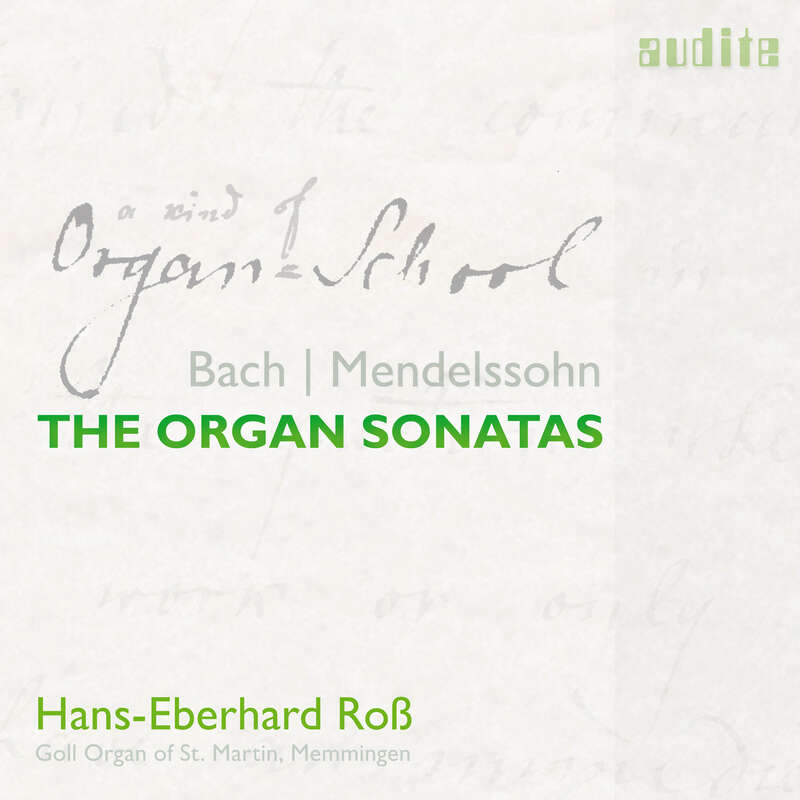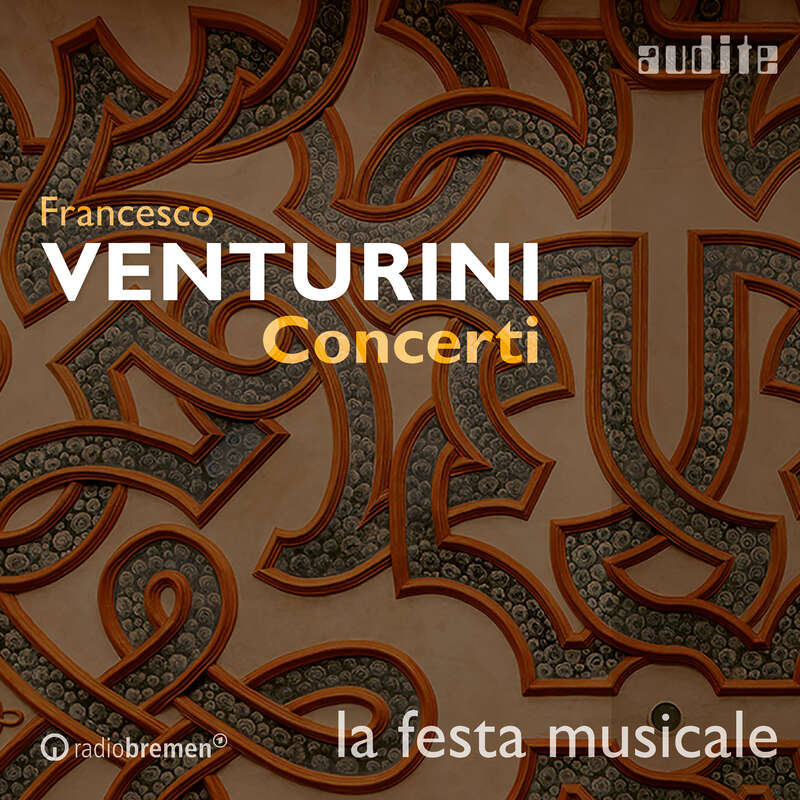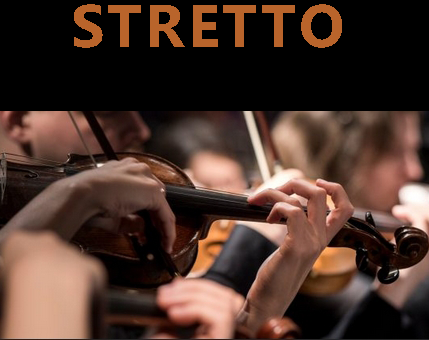Deze bijzondere release is de debuutopname van het Thuringer Bach Collegium en markeert het begin van zijn samenwerking met Audite. Hertog Johann Ernst IV van Sachsen-Weimar (1696-1715) werd onderwezen door Johann Gottfried Walther; Johann Sebastian Bach analyseerde ook de composities van de jonge hertog en arrangeerde enkele van zijn concerti voor klavierinstrumenten voor eigen gebruik. Georg Philipp Telemann legde de laatste hand aan de vioolconcerti. De resultaten zijn onmiskenbaar Italiaans: soms briljant virtuoos, soms contemplatief en lyrisch gecomponeerd door de ‘Thüringer Vivaldi’ die veel te vroeg overleed.
Johann Ernst van Sachsen-Weimar (foto), geboren in Weimar in 1696 en heel jong overleden in 1715, was een Duitse hertog. Hoewel hij heel jong overleed, was en bleef hij bekend als componist. Sommige van zijn concerti werden voor klavecimbel of orgel door Johann Sebastian Bach, die destijds de organist van het hof in Weimar was, getranscribeerd. Bach was nl. hoforganist en kamermusicus, later concertmeester, van Willem Ernst, hertog van Saksen-Weimar, de oom van Johann Ernst.
Johann Ernst IV was de jongste zoon van hertog Johann Ernst III. uit Saksen-Weimar (1664-1707) uit zijn tweede huwelijk met Charlotte (1672-1738), dochter van Landgraaf Frederik II van Hessen-Homburg. Na het overlijden van zijn vader in 1707, werd de 10-jarige, samen met zijn oudere halfbroer Ernst augustus, nominaal Hertog van Saxe-Weimar. De broers waren onder het regentschap van hun oom Hertog Wilhelm Ernst. Johann Ernst studeerde aan de Universiteit van Utrecht en werd in 1713 op een cavaliertocht gestuurd. Hier kreeg hij een tumor op zijn been, die zich ondanks uitgebreide verzorging van zijn moeder en kuurverblijven in Schwalbach en Frankfurt, snel verspreidde. De hertog overleed op 18-jarige leeftijd en werd niet begraven in Weimar, maar in de crypte van het kasteel Bad Homburg.
Johann Ernst was muzikaal zeer begaafd. Hij werd reeds tijdens zijn vroege jeugd opgeleid door de Weimar-hofmuzikant Eilenstein en componeerde ongeveer 19 concerti waarmee hij invloed had op de muziek uit de Weimar-periode van Johann Sebastian Bach. Bachs Concerto voor piano nr. 13 in C groot BWV 984, gecomponeerd in 1713/14, werd geschreven naar het Vioolconcert op nr. 4 van Johann Ernst. Na Johann Ernst’ overlijden, publiceerde Georg Philipp Telemann zijn concerti.
Volgens Walthers Lexicon, gepubliceerd in 1732, componeerde Johann Ernst 19 instrumentale stukken in een periode van negen maanden, kort voor zijn dood, toen Walther hem compositie leerde. Acht vioolconcerti bestaan in hun originele instrumentatie. Bach heeft er drie van getranscribeerd: Op. 1 Nrs. 1 en 4 en het Concerto a 8 in G. Een ander concerto van Johann Ernst is alleen bekend door Bachs transcriptie in C. Geen origineel is geïdentificeerd voor BWV 983: het werd mogelijk overgeschreven door Bach van een concerto van Johann Ernst. Het model voor BWV 977 is eveneens verloren: ook in dit geval is een mogelijke toekenning van het verloren origineel aan Johann Ernst onzeker.
Johann Ernst studeerde tussen februari 1711 en juli 1713 aan de Universiteit van Utrecht. Vanuit Utrecht kon hij centra als Amsterdam en Düsseldorf bezoeken en het is bekend dat hij kopieën van Italiaanse muziek naar Weimar stuurde. Er wordt met name gedacht dat hij Vivaldi’s vioolconcerti op.3 kende. De belangstelling van Johann Ernst voor het verzamelen van muziek was genoegzaam bekend dat P. D. Kräuter, toen hij verlof vroeg om bij Bach in Weimar te studeren, de Franse en Italiaanse muziek noemde die de prins daar naar verwachting zou introduceren. Kräuter prees ook de virtuositeit van Johann Ernst als violist.
Tijdens zijn leven heeft Walther achtenzeventig concerti voor klavier getranscribeerd. Bach produceerde ook een aantal virtuoze orgel (BWV 592-6) en klavecimbel (BWV 972-987) arrangementen. Deze omvatten enkele van de eigen werken van Johann Ernst (BWV 592, 592a, 595, 982, 984 en 987) evenals werken van Duitse en Italiaanse componisten, onder wie Telemann (BWV 985) en Vivaldi (BWV 972, 973 enz.). De Bach-transcripties zijn ruwweg gemaakt in de periode juli 1713-juli 1714 tussen Johann Ernsts terugkeer uit Utrecht en het laatste vertrek van de hertog uit Weimar.
Er is een aantal wetenschappelijke discussies over de rol van Johann Ernst bij het maken van deze arrangementen, of hij nu een of twee van de musici opdracht gaf of met name Bach, een deel van de door Johann Ernst verzamelde werken ter wille van zichzelf bestudeerde. Er zijn suggesties dat de Prins misschien tijdens een bezoek aan Amsterdam in februari 1713 de blinde organist J. J. de Graff heeft gehoord, van wie bekend is dat hij klavier heeft gespeeld met concerti van andere componisten. Hoe dan ook, de ontmoeting van Bach met de collectie van Johann Ernst, en met name de Italiaanse muziek die het bevatte, had een diepgaande invloed op de ontwikkeling van de muzikale stijl van de componist.
Het Thuringer Bach Collegium, o.l.v. Gernot Sußmuth, heeft met uitbundig enthousiasme, de zes vioolconcerti opgenomen van Prins Johann Ernst, zoals ze postuum gepubliceerd werden in 1718 door Telemann. Deze werken worden gecombineerd met nog twee concerti waarvan de originele Weimar-orkestpartijen de tijd overleefden, een concerto voor trompet en orkest en een concerto voor twee violen die als een bewerking door JS Bach overleefden en in hun oorspronkelijke versie “hersteld” werden.
Door deze baanbrekende opname herleeft een centraal hoofdstuk in de muzikale geschiedenis van Weimar, waarin de werken van de hofcomponist Johann Sebastian Bach ook hun plaats hadden. De concerti van Johann Ernst werden tegelijkertijd met Bachs Weimar-cantates gecomponeerd en leveren als geen ander oeuvre, als het ware de ‘soundtrack’ van het dynamisch muzikaal leven in het paleis. Het muzikaal perspectief was ook een Europees perspectief. In 1713 brak een ware ‘Vivaldimania’ uit, waarbij de werken van de Venetiaanse componist werden gearrangeerd, geïmiteerd en nagevolgd. Dit kan worden ervaren in de schitterende concerti van de prins, gecomponeerd in de beste Vivaldiaanse stijl. Niet te missen!








